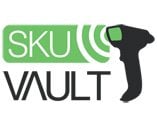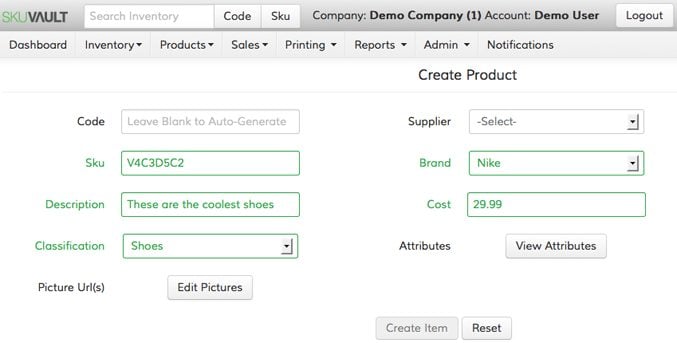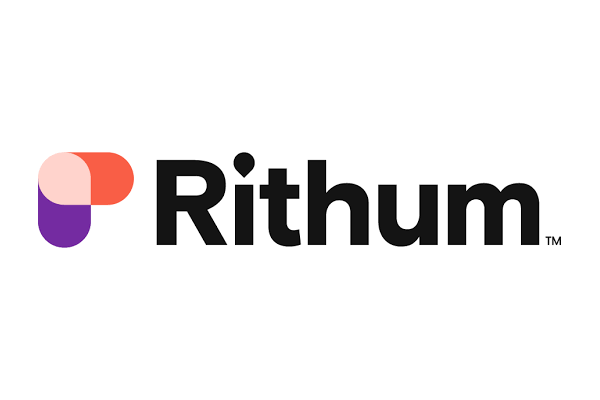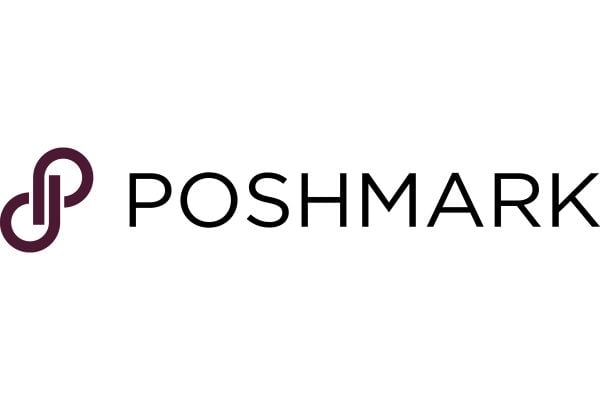 If there’s one problem common to almost all online (and offline) retailers it’s accurate inventory. I don’t know a single retailer who hasn’t either oversold and had an order with no stock, or who had forgotten stock sitting on the shelf that wasn’t even listed for sale.
If there’s one problem common to almost all online (and offline) retailers it’s accurate inventory. I don’t know a single retailer who hasn’t either oversold and had an order with no stock, or who had forgotten stock sitting on the shelf that wasn’t even listed for sale.
Often the cause for stock discrepancies are quite easy to find, human error, returns either not entered or double entered, marketplace listings which ended and were never relisted, eBay Best Offers which were never accepted, marketplace errors which resulted in unintentionally delisted or relisted stock… the list goes on.
You might think a third party management program would solve the issues, but that’s not always the case. At some point the inventory has to be entered into your management software and even if correct I’ve seen errors arise because stock is synched with a marketplace introducing errors.
SkuVault
 Warehouse management system SkuVault aims to prevent out of stocks, improve warehouse efficiency, and reduce human error. SkuVault with ChannelAdvisor, Shipworks, and Teapplix although it can be used as a standalone solution. SkuVault is complete with barcoding, real time quantity updates and generates efficient pick lists to direct workers around warehouse. Importantly SkuVault pushes accurate available quantity to international marketplaces and integrates with Fulfillment by Amazon.
Warehouse management system SkuVault aims to prevent out of stocks, improve warehouse efficiency, and reduce human error. SkuVault with ChannelAdvisor, Shipworks, and Teapplix although it can be used as a standalone solution. SkuVault is complete with barcoding, real time quantity updates and generates efficient pick lists to direct workers around warehouse. Importantly SkuVault pushes accurate available quantity to international marketplaces and integrates with Fulfillment by Amazon.
The thing I like about SkuVault is that it deals with actual inventory, scanned into and out of the warehouse. It then uses this real data to synch to your channel management solution.
SkuVault from a user perspective
 Tommy Millett owner of , a small but growing eBay business, chose SkuVault to keep track of inventory levels. Oversells, over stocking inventory, and organization of products were Tommy’s big problems. SkuVault allows him to scan products into multiple locations and there’s no more looking for products – SkuVault knows where they’re stored.
Tommy Millett owner of , a small but growing eBay business, chose SkuVault to keep track of inventory levels. Oversells, over stocking inventory, and organization of products were Tommy’s big problems. SkuVault allows him to scan products into multiple locations and there’s no more looking for products – SkuVault knows where they’re stored.
SkuVault also helps Tommy make educated purchasing decisions with sales data and current inventory levels always up to date and available. Once it’s fully implemented, SkuVault is nearly “dummy proof” so long as you and all of your employees understand that every product movement whether it be picked, removed, moved or added to the inventory shelves needs to be scanned in/out within SkuVault. Tommy recommends always carrying a wireless scanner and uses the Symbol LS4278 which he think excellent.
SkuVault is very user friendly and easy to learn according to Tommy, the first thing was create logical locations for hiw items and printed out the bar coded locations via SkuVault. Top tip is to create the locations in alphanumerical order so future picking processes revolve in logical order around the warehouse thereby minimizing unnecessary movements.
After the locations were created, it’s time to enter item SKU’s into the SkuVault. After products are entered into the system, inventory can be scanned tagging the products and quantities to the specific locations in SkuVault.
SkuVault and ChannelAdvisor
If you’re a ChannelAdvisor customer then SkuVault could be the ideal warehouse management solution to integrate. Integration with ChannelAdvisor allows all quantities scanned in or out of SkuVault to reflect automatically on the marketplaces you trade on, including sharing your inventory across international marketplaces.
If you’d like to find out more about SkuVault you can view a live demo on the SkuVault website.










2 Responses
Love Tamebay to bits, this looks like an interesting product and i’ll definitely check their website out. That said I think it would be fair to your readers to tell us whether an article like this is a sponsored story or no.